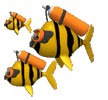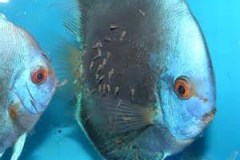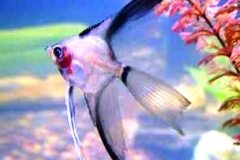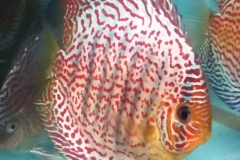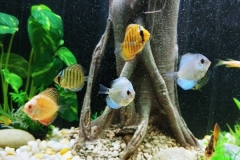Throughout the 20th century, Discus fish gained popularity among aquarium enthusiasts. They became even more popular after successful breeding ventures began in the 1930s. Initially, attempts to bring them to Europe faced high mortality rates due to stressful transport conditions. It wasn’t until improved shipping methods were adopted in the 1950s that Discus Fish began to thrive in captivity. Breeders like Eduard Schmidt-Focke made pivotal strides in captive breeding. The 1960s and 70s marked a significant era of breeding innovations. That resulted in colorful varieties such as Blue Diamond Discus Fish. Hybrids like the Pigeon Blood led to a larger expansion of colors and patterns.
Today, Discus Fish hold the status of “King of the Aquarium,” boasting a range of colors and patterns that are the result of modern selective breeding.
Wild Discus Fish are primarily found in the Amazon River and its tributaries, where they inhabit areas with low mineral content and slightly acidic waters. Replicating their natural habitat in an aquarium setting is crucial for their health; therefore, Discus Fish remain one of the more challenging yet rewarding fish species for aquarists. Their history reflects not only their biological significance but also their cultural impact, as they have become symbols of beauty and exoticism in freshwater aquariums across the globe.
In summary, the journey of Discus Fish from being discovered in the wild to becoming a centerpiece of aquarium displays.
See all the Discus Fish for Sale at www.SOMETHINGSPHISHY.com
